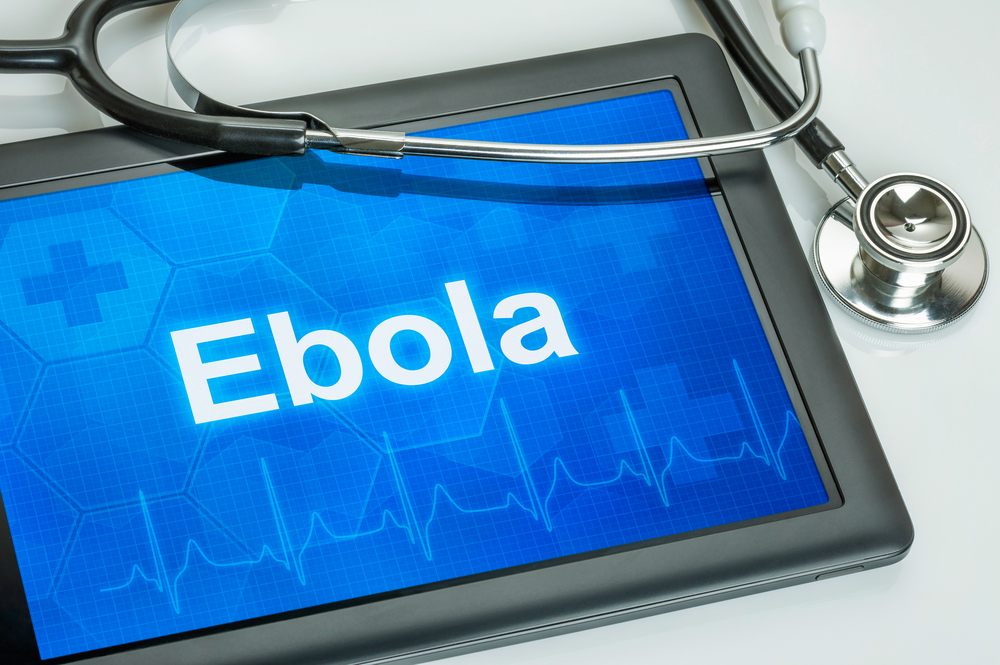
New cases in the ongoing Democratic Republic of the Congo (DRC) Ebola outbreak slowed in the 21 days from Sept. 23 to Oct. 13, 2019, a World Health Organization (WHO) Emergency Committee heard this week.
While the epidemic is primarily concentrated on the Mandima health zone in the DRC, new cases have been found in 22 health areas and 10 health zones. Only 15 new cases emerged in the week of Oct. 13, compared against the 128 confirmed cases per week being reported at the outbreak’s peak in April 2019.
As of this month, 3,228 cases have been reported, including 2,123 deaths — a fatality rate of 66 percent.
At a teleconference of members and advisors for the committee — gathered under the International Health Regulations at the request of the WHO Director-General — the need for a simultaneous, multipronged approach was stressed. Currently, this can be seen in the vaccination of health care workers and the strengthening of village health teams in Uganda, enhancements to community surveillance, as well as the distribution of thermoscanners, strengthened cross-border screening, and raised awareness at health centers in Tanzania.
Cross-border coordination between the DRC and its nine neighbors are underway, including cross-border surveillance, though a lack of funding for preparedness remains a challenge among these countries. Of the $66.6 million partners believe necessary for the nine countries in question, only $4.5 million has been secured.
Still, in Uganda, such measures led to four confirmed Ebola cases and follow-ups of lost high-risk contacts that had crossed over from the DRC. In Tanzania, they have led to 2,700 sets of additional protective equipment and 29 alerts for Ebola suspect cases, though thus far, these cases proved negative. Simulation exercises in five of Tanzania’s 10 at-risk regions are ongoing to keep awareness high. Johnson and Johnson vaccine studies have begun in Uganda, and similar studies are imminent in the DRC.
Global risk from the epidemic remains low, according to the WHO Secretariat. Regionally and nationally, the threat is very high. What had been an urban-driven disease is now hitting more rural communities, making it harder to snuff out. The concern is that, should response activities be suspended, underreporting and spread to new areas could result.
The United Nations Ebola Emergency Response Coordinator took the opportunity to warn of the need for stronger community engagement and access, greater collaboration across the board, as well as greater access to financial and human resources. Security remains a significant issue for response efforts and, even a year into the crisis, could stifle access and situations to eliminate the virus. Despite this, initiatives and progress undertaken so far were praised by the committee, which noted their success in limiting the spread and impact of the virus.
The committee desires sustained political commitment and coordinated, multimodal approaches to an expanding response, enhancements to the acceptance, access and security situation, strengthening of strategy, capacity, implementation and coordination of community awareness and engagement in affected areas, ongoing cross-border and main road screening, acceleration of comprehensive surveillance for cases and unexplained deaths, implementation of optimal vaccine strategies with proven impact, as well as strengthening measures to prevent hospital-originating infections and preparedness in non-affected DRC provinces.
Further, they hope all countries will keep their borders open and refrain from restrictions on travel and trade with at-risk nations. They fear such measures, already unnecessary, would do more harm than good. Meanwhile, they are seeking improved cooperation between at-risk nations, including the mapping of population movements to predict disease spread risks, greater risk communications, and efforts to approve investigational medicines and vaccines.




